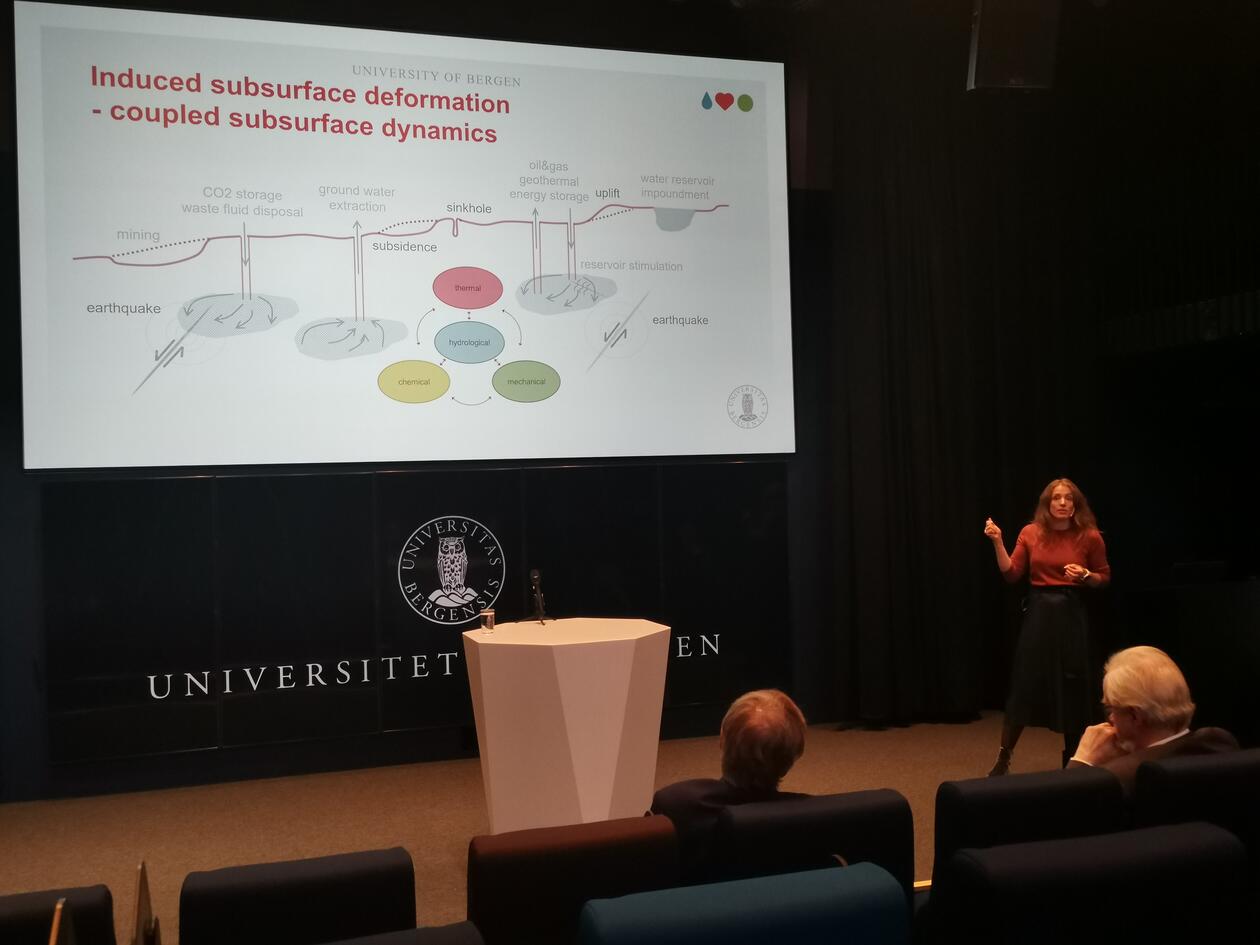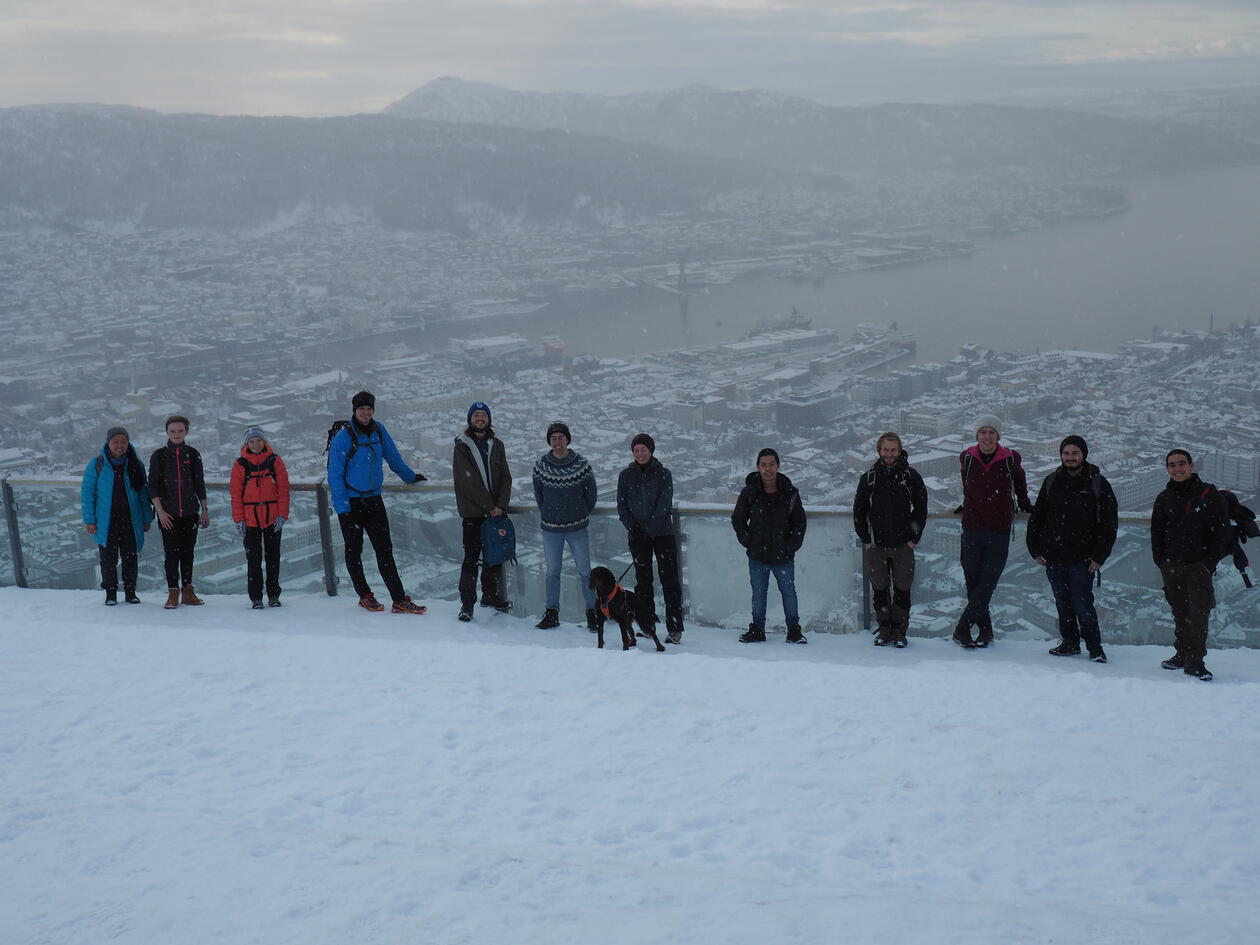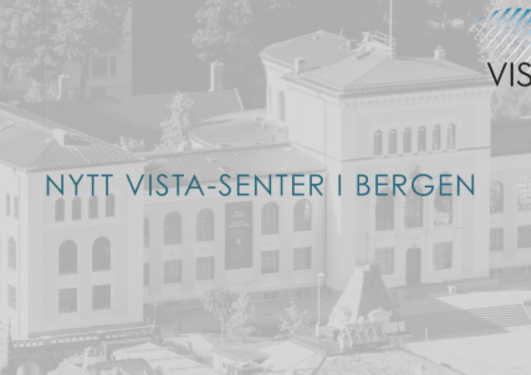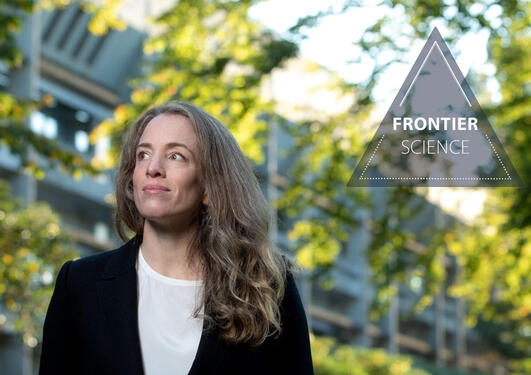About the Center for Modeling of Coupled Subsurface Dynamics (CSD)
CSD’s primary objective is to develop fundamental knowledge and educate next generation researchers to understand how subsurface fluid injection and extraction results in deformation, fault reactivation and fracturing. The center thus targets critical and fundamental research questions through mathematical and numerical modeling and data analysis.

Main content
In recent years, the surface manifestations of human fluid injection and production have become increasingly apparent. Production of hydrocarbons and geothermal energy, extraction of groundwater, subsurface energy storage, CO2 sequestration and wastewater disposal, all involve massive subsurface extraction and/or injection of fluids. The Center for Modeling of Coupled Subsurface Dynamics (CSD) will develop basic knowledge on how the subsurface deforms because of fluid injection and production.
CSD’s primary objective is to develop fundamental knowledge and educate next generation researchers to understand how subsurface fluid injection and extraction results in deformation, fault reactivation and fracturing.
The CSD is organized in four pillars, representing the center’s main activities. Three pillars (P1-P3) are funded by the VISTA program, two of which focus on research and the third on researcher training to ensure scientific and transferable skills training for PhD, Postdocs and Master students in the center. Affiliated research projects, which are funded through other grants, are structured in a separate pillar (PA).






